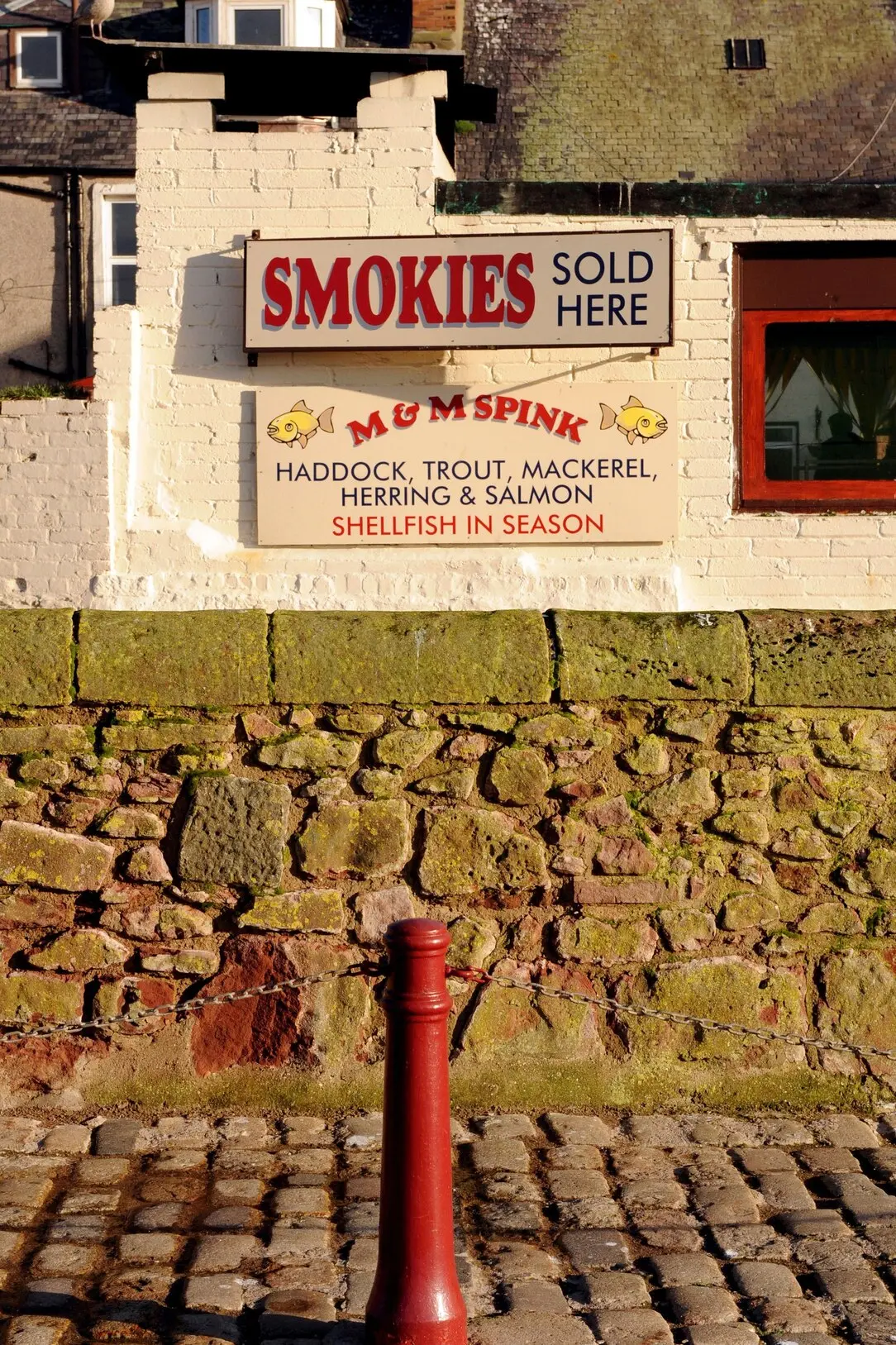Arbroath Smokehouse, located in the coastal town of Arbroath, Scotland, is a renowned establishment that has a rich history and is famous for its traditional smoking methods. This article will explore the history of Arbroath Abbey, the significance of the Declaration of Arbroath, and the natural history surrounding the smokehouse.
The History of Arbroath Abbey
Arbroath Abbey, founded in 1178 by William I, also known as William the Lion, is an important symbol of Scotland's medieval history. The abbey was established as a memorial to William's childhood friend, Thomas Becket, the murdered Archbishop of Canterbury. It also served as a means for the king to expand his authority in the north-east of Scotland and demonstrate his right to rule.
The abbey church and monastic buildings were a marvel of architecture, with a presbytery, monks' choir, transepts, chapel aisles, and a nine-bay nave with aisles. The most striking feature of the abbey is its west front, which showcases European twin-towered church façade design. The domestic buildings surrounding the church, including the abbot's house and gatehouse, provide a glimpse into the daily life of the monks.
The Declaration of Arbroath
Arbroath Abbey is best known for its association with the Declaration of Arbroath, a significant document in Scottish history. In response to Robert the Bruce's renewed excommunication, 39 Scottish nobles, barons, and freemen sent a letter to Pope John XXII, asserting Scotland's independence and sovereignty.
The Declaration of Arbroath was drafted by Abbot Bernard of Arbroath, who served as the chancellor to Robert the Bruce. The letter, sent from the abbey in 1320, emphasized Scotland's fight for freedom and its refusal to give up its independence. Its most famous lines state, it is in truth not for glory, nor riches, nor honors that we are fighting, but for freedom – for that alone, which no honest man gives up but with life itself.

The Protestant Reformation and Beyond
Religious life in Arbroath Abbey continued until the Protestant Reformation of 1560. Following the Reformation, parts of the abbey were dismantled to build a new burgh church. The condition of the remaining buildings has remained relatively unchanged since the 18th century.
Arbroath Abbey's famous round o, a circular window in the south transept gable, became a landmark for mariners. It was rebuilt by Robert Stevenson, the grandfather of the renowned novelist Robert Louis Stevenson, in 180
In 1951, the Stone of Destiny, a significant symbol of Scottish monarchy, was found beside the high altar of Arbroath Abbey. Its discovery brought national attention to the abbey once again.
Natural History Surrounding Arbroath Smokehouse
Arbroath Smokehouse is not only steeped in history but is also surrounded by natural beauty. The abbey's stonework is adorned with white stonecrop, a plant commonly found in southern England. This plant was once used for its medicinal properties, including its ability to resist pestilential fevers and treat certain forms of malaria.
The smokehouse's location near the coast provides access to the freshest seafood, which is then cured and smoked using traditional methods. Visitors to Arbroath Smokehouse can experience the unique flavors and aromas that have made it a beloved establishment for generations.
Arbroath Smokehouse, located in the historic town of Arbroath, Scotland, is a testament to the region's rich history and cultural heritage. The abbey's significance, the Declaration of Arbroath, and the natural history surrounding the smokehouse all contribute to its allure. Whether you're a history enthusiast or a food lover, a visit to Arbroath Smokehouse is a must to experience the flavors and traditions that have been preserved for centuries.
If you want to know other articles similar to Arbroath smokehouse: historic landmark & traditional smoking methods you can visit the Historic category.


Related Articles